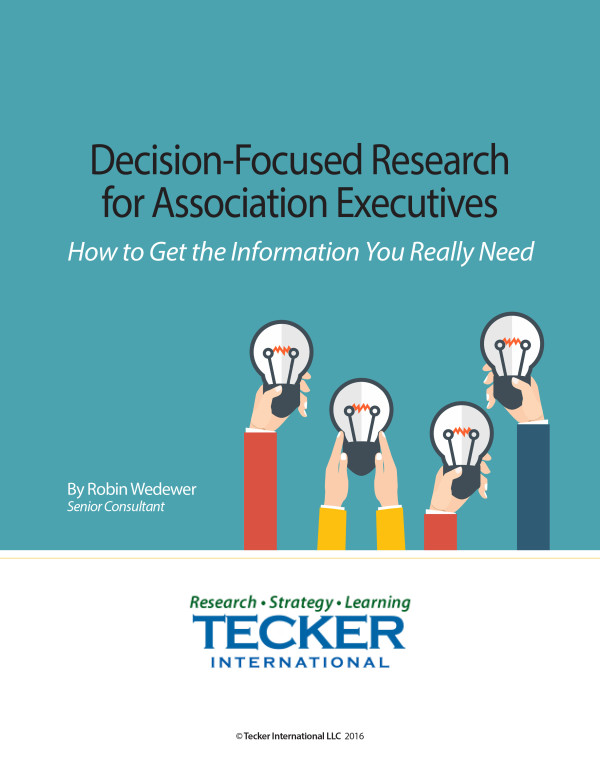We are observing that reinvention of traditional association committee structures is becoming increasingly important as Gen Y populates our organizations. These “twenty and early thirty somethings” exhibit a preference for working in teams addressing issues facing the profession or industry. They tend to be much less interested in working on association committees involved with internal operations.
Focus on Key Strategic Initiatives
We find that realigning the volunteer workforce with key strategic initiatives is a great way to reenergize moribund committee portfolios. It has the additional advantage of uncoupling the volunteer workforce structure from the staff structure. Staff is responsible for function and program operations and members can focus on advancing the interests of the field. This helps avoid the development of functional/program constituencies and leadership role confusion.
How to Transition
Transition can occur at several scales. Some organizations have abandoned all committees (except a very few standing committees required by the bylaws) and created task forces. These task forces execute work appropriate for member expertise and experience.
Other associations have maintained their existing committee structure (at least temporarily) and created parallel “action teams.” These teams focus on implementation of key strategic initiatives. Sometimes the membership of existing committees has been used as the talent pool from which to compose new action teams.
Still other associations have used a more traditional ad hoc task force approach to provide additional opportunities beyond continuing committees for members (often with staff partners) to work on real issues facing the field.
Resistance to Change
We have observed that the process of committee reshaping is sometimes fraught with politics, passion and emotion. A rational and systematic approach is sometimes needed to overcome resistance to the change (especially among existing committee chairs). This workbook presents an approach to reshaping committees and task forces that a number of associations have found to be a useful protocol for the discussion.
Permission is granted to association members to use this material for noncommercial purposes within their nonprofit organizations.


